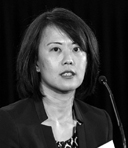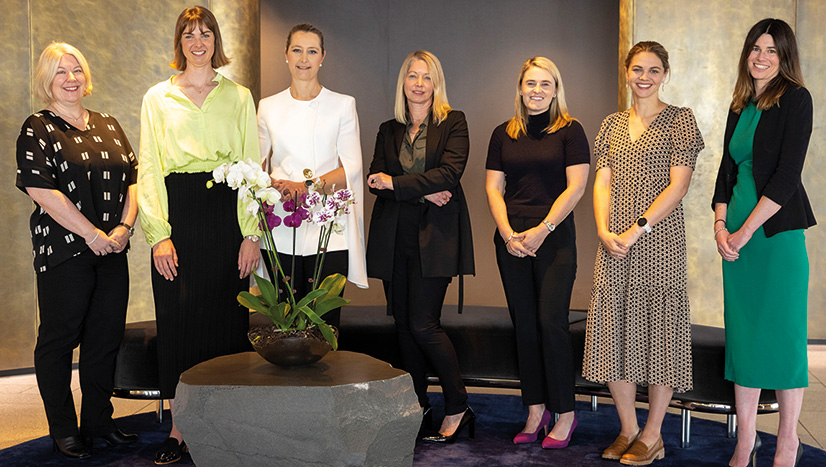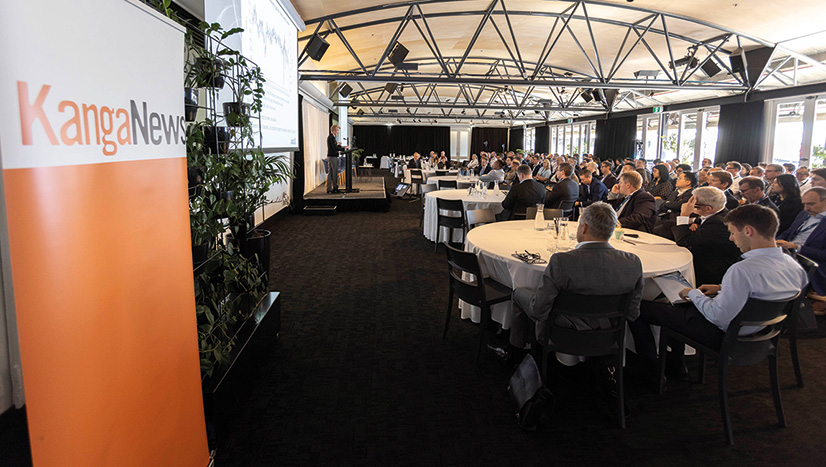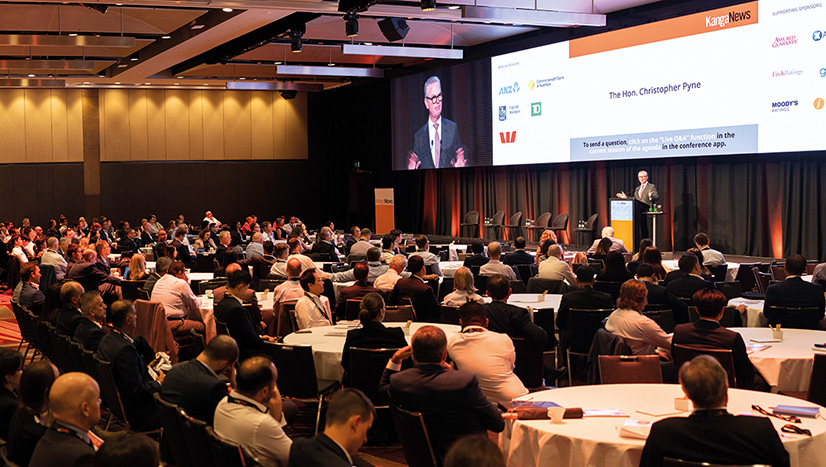Measuring up
Investors say the United Nations Sustainable Development Goals (SDGs) are useful for measuring impact, but matching the 17 global goals and 169 individual targets is a challenge. Their firms are developing their own approaches to gauging impact.
WONG SDGs are one way to measure impact. It goes a lot further, though, because what we need to do is build a sustainable and resilient future for all the people on the planet. I think this is an important call to action for all countries and stakeholders.
Even so, measuring impact is difficult as there is no single measure that can capture the benefit to society. This is why the SDGs are useful, because they break the measurement down into several different goals and targets. But it is also important not to neglect other areas when you’re addressing one goal or target.
BERRUTTI We don’t have specifically targeted SRI products, as we look to integrate environmental and social governance (ESG) across our investment processes.
The asymmetric nature of bond investment returns and risks means fixed-income investors naturally focus more on the downside, meaning it’s somewhat unnatural for fixed-income investors to focus on the positives.
In addition to shifting mindsets, good-quality information is important. However, measuring impact is still a relatively new concept. We are looking for data providers that can give us some insight although sourcing good-quality information is challenging.
TROLLOR Many large institutions have started to contemplate this challenge, including ourselves. The SDGs give a reasonable framework but matching the criteria can be challenging.
The opportunity is to give end investors some additional – and interesting – information about their portfolios. This will help increase investor engagement with our portfolios. But we are still a way off being able to implement this effectively.
Arguably it is only in the last 5-10 years that mainstream institutional investors have woken up to the potential to include ESG factors into decision making. With improvements in communication, for example progress in reporting against SDGs, and through technology, I expect there will be a point where the people whose money we manage will be more engaged and have greater ability to express their individual preferences in an informed way.
WONG This is an interesting question because we have asked our key investors for their thoughts on carbon footprinting and their response is: ‘It’s a nice-to-have but not a need-to-have.’
This is in part driven by the charter in our sustainable-bond fund which, of itself, defines an acceptable level of investment. We use these standards to communicate what we are investing in and not investing in – and what is acceptable and unacceptable – and to engage both with our end investors and the companies in which we invest.
MOORE Initially we do this through our ethical investments monitoring committee. The committee decides which companies we might want to engage with and we publish the results of this engagement in our weekly newsletter or quarterly update.
We’ve recently set up a Facebook page and are using this as another communication tool. In addition, we have regular reports to the full synod meetings, held every 18 months, and also to the synod standing committee which meets bimonthly.
KELLY We also use many channels to report our impact, from more formal annual reporting to online blogs and social media. We combine stories about the positive change achieved by individual investments with portfolio-level reporting to demonstrate the overall impact of our ethical-investment process – which could be from carbon footprint to revenue earned from major disease treatment and sanitation.

WOMEN IN CAPITAL MARKETS Yearbook 2023
KangaNews's annual yearbook amplifying female voices in the Australian capital market.










